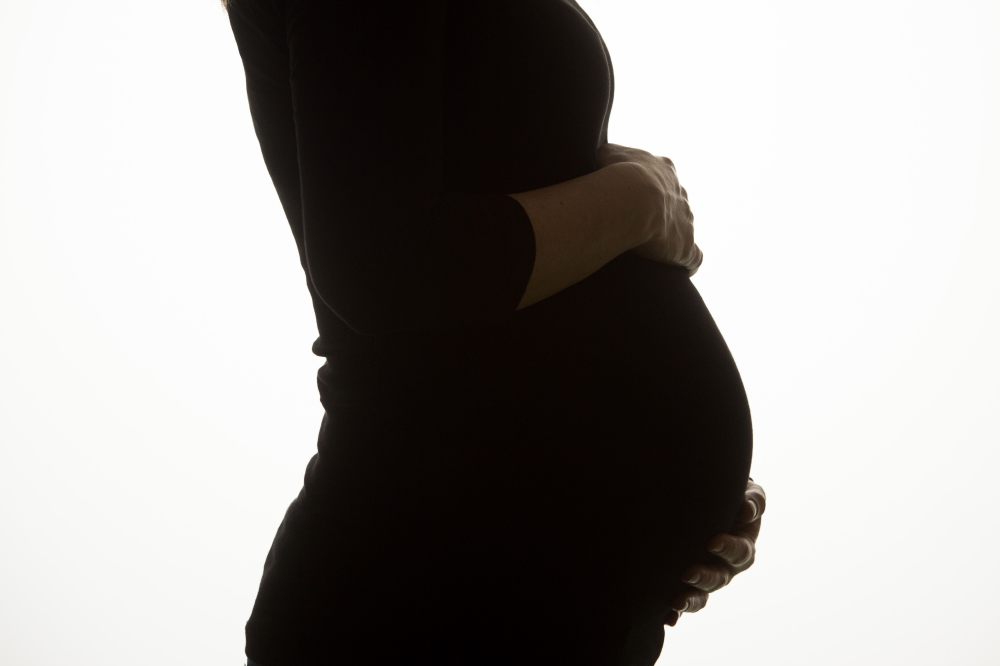Nausea throughout pregnancy had been my norm and with the last I also found I not only fatigue but exhaustion was a daily occurrence, so more of the same was expected. As I’d later learn, this time I was carrying a boy and perhaps that was why my symptoms were somewhat more subdued.

My experience
My pregnancy continued without many problems up until about 6.5 months when the little life inside me turned head down and took up permanent residency on my pelvic floor. Once he took up residence in that position, my mobility was severely hampered. I could barely walk to the end of the road without feeling the need to wee or incredible pressure between my legs. I spent most of my days housebound or very close by.
Shortly after this began, I was booked in for a routine glucose test. You fast the night before your test, the midwife draws some blood which gives them a base figure for your resting blood sugar, you drink an incredibly sugary drink, wait an hour or so and then repeat the bloods. This gives you an accurate view of how your body is processing sugar and how much is being carried in your blood.
Having had the test with my first pregnancy, I wasn’t expecting it to come back positive, however a few days later I had a call to confirm I had gestational diabetes.
The midwife referred me to the diabetes clinic at our local hospital. My first appointment was with a group of other ladies who’d also been diagnosed.
The session told us about some basics about how to take our bloods, what we should be seeing as ‘in range’ results as well as how to report our weekly figures.
There was also a dietician offering basic dietary advice.
We were told to replace all white carbs for healthy ones and also to watch anything containing sugar. I thought that was a pretty simple solution for me as other than the odd pizza or bowl of pasta, we didn’t eat many processed carbs. Easy.
However, none of this advice was adequate. I'd still be out of normal blood range if I followed this diet.
Anywhere below 5.3 is a suitable resting blood sugar. This applies to mornings and prior to every meal.
Below 7.8 for a post meal result is fine too.
To begin with you take your blood first thing in the morning, 1 hour after eating breakfast, before lunch, 1 hour after eating lunch, before tea and one hour after tea.
After your daily resting levels are confirmed as ok, you can reduce your need to take the pre-meal tests.
Sugar from sweet treats wasn’t my big problem, sugars from carbs - healthy or ‘white’ were the things that made my blood spike incredibly high.
One piece of brown granary toast with butter and staying fully active for 30 mins after eating, I was just coming in under 7.8. Sweet potatoes, any form of rice or similar would cause peaks.
Pin prick tests became the norm, remembering to alternate fingers and sides of fingers in order to not make them too sore was a must.
I sent my weekly figures over to the diabetic team and they were soon on the phone to me. It was suggested I started taking a small dose of a medication called Metformin. This should help subdue the blood sugars.
I began taking the tablets, but after a week or so, my bloods weren’t really going down and my stomach was taking a battering. The nurses told me I could stop in favour of continuing diet based changes.
My diet was already high in vegetables and proteins and my only real source of carbs came from pluses. Chickpeas and lentils were my new go to for each meal.
Even without any typical carbs, occasionally my blood would still read high. However, mostly these would remain well within range. Morning ‘fasting’ results would be my main issue.
Staying in close contact with the nursing team, it was suggested that I start a low dose of insulin each evening to counteract against a few +5.3 mornings.
I was given an insulin pen and told to administer four units of the drug, which is a very low amount. I would inject my leg each evening before bed.
Even with the insulin, I wasn’t seeing much of an impact with my numbers, so the dose was increased to six units. At that level, I could reach the end of my pregnancy without spiking my blood.
I continued my treatment up until I gave birth, at that point, you’re told to stop monitoring and continue eating as you had prior to diagnosis.
Three months post birth, your bloods are taken again and checked to see if you’re in need of further treatment.
Over the course of those three months, it’s hoped your hormones level out and sugar begins being absorbed at normal levels again.
If you’re confirmed as ok post pregnancy, yearly tests are required to check you don’t develop diabetes.
50% of women who have gestational diabetes go onto develop type two diabetes. Keeping a healthy diet and exercise are vital to preventing the onset.
Tagged in Pregnancy Pregnancy Health

